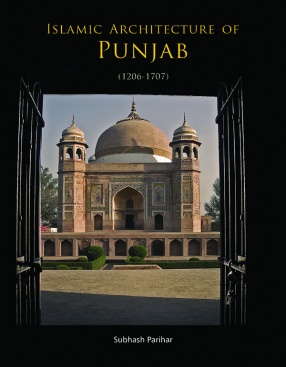
Subhash Parihar

Showing all 7 books

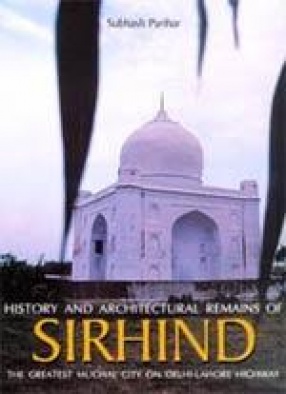

"The Islamic architecture of Punjab has not so far been studied with the seriousness it deserves. The books on architecture of the Indian subcontinent take up just a few monuments from Lahore or Multan, and that is all. It is believed that the architecture of medieval Punjab was limited to these two centres only. But this is not the real story. The whole land of Punjab is studded with monuments.
This book is an outcome of the author’s extensive ...

The Faridkot State was one of the Sikh State created in Malwa region of the Punjab during the later half of the eighteenth century. It came into its own under Raja Pahar Singh (1827-49) when the British extinguished the neighbouring mighty kingdom of Lahore. During the next one century, It prospered under Raja Wazir Singh (1849-74), Raja (1898-1906), the Council of Regency (1906-16), Raja Brij Inder Singh (1916-18), the Council of Administration (1918-34), and ...
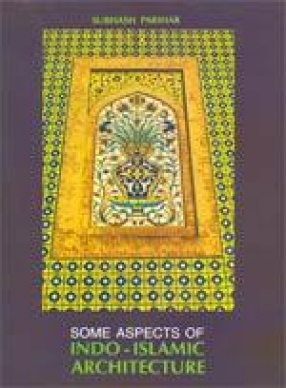
The advent of Muslims on the Indian scene commenced a new era in the history of Indian architecture. Most of the rulers and their nobles evinced great interest in raising splendid monuments. The buildings which thus came up were so large in number that even after numerous studies by learned scholars for more than a century, a large number of them still remain unexplored. Dr. Subhash Parihar has undertaken the task of documenting and studying such unexplored ...

Sirhind, during the Mughal period, was the largest city situated in the midst of the Lahore-Delhi Highway. Even before that the antiquity of the city is traceable to the beginning of the Christian era. But it reached the zenith of its glory during the seventeenth century when it became one of the most prosperous cities of the Mughal empire. Its splendour is often described by the chroniclers and travelers of the period. With economic prosperity it also developed ...
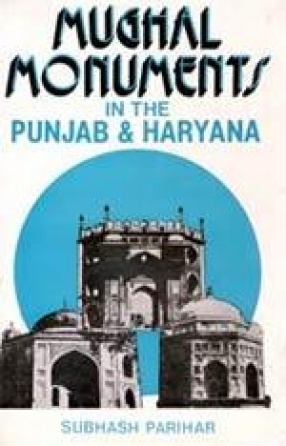
Nostalgic feeling is often deep and shaking for historian swhenever they are either asked to write something or pay a visit even to nearly destroyed monuments which lay scattered in almost all parts of India. whether prominent or obscure they still evoke an oveerawed admiration from their visitors. Even in poorest of shapes as time has had an edge over them, they would remind us of their forceful existence a bunch of hundred year back. the effervescence of Mughal ...

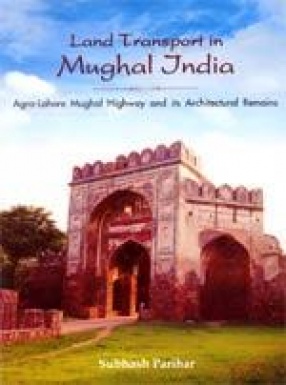
The seventeenth century Europeans, who traversed the Agra-Lahore Mughal Highway, showered high praise on it. the British traveler Thomas Coryat (1612-17) considered it an incomparable show of that kind ever surveyed by his eyes. Thomas Roe (1614-18), Ambassador of James I, the King of England to the Mughal Court, praised it as 'one of the great works and wonders of the world'. This high acclaim of the route prompted Subhash Parihar to study the ...
